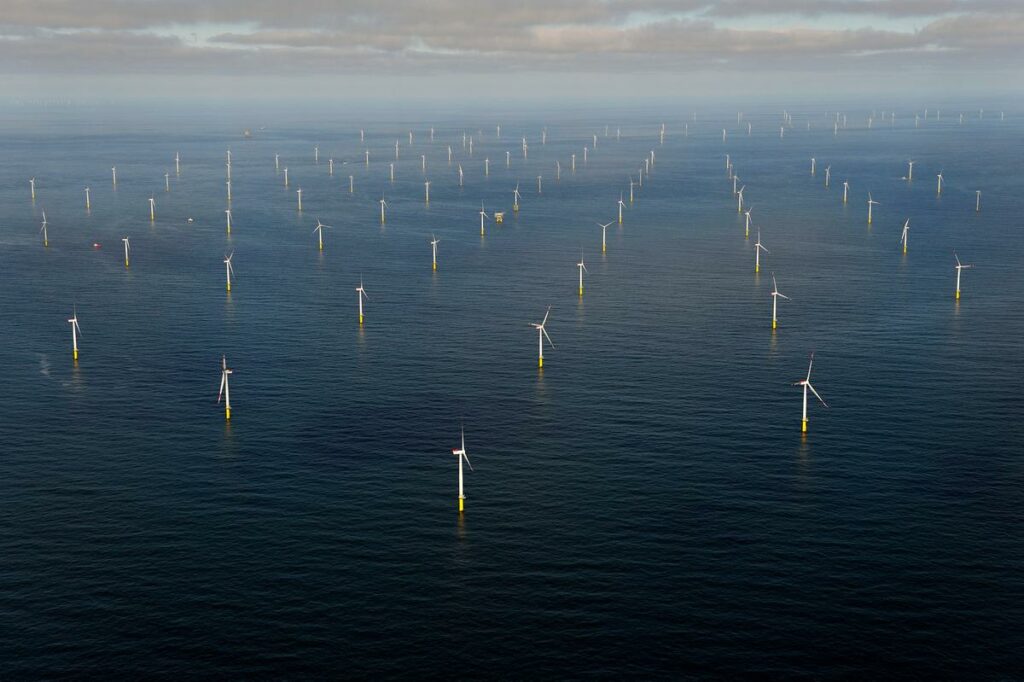
The scenario of receiving multiple zero-cent bids for all of the sites now calls for the introduction of the so-called ”dynamic bidding process”, the agency said. The process is also referred to as ”negative bidding”.
The bidding period for participation in the tenders for areas that were not centrally pre-examined ended on 1 June. In this tender, the Federal Network Agency put a total of four areas in the North Sea and the Baltic Sea with a total output of 7,000 MW offshore wind capacity out to tender.
Several bidders have submitted bids with a value of zero cents per kilowatt hour per area. In a case such as this, Germany’s Offshore Wind Energy Act provides for a dynamic bidding process, in an online form, where the bidder with the highest willingness to pay for an area is awarded the contract.
“The results of the tender are good news for the energy transition in Germany. It is gratifying that the companies do not need funding for the expansion of offshore wind energy. The zero-cent bids make it clear that offshore wind energy is economically attractive,” said Klaus Müller, President of the Federal Network Agency.
“In the dynamic bidding process, the bidders’ willingness to pay is now queried. We are now planning to hold an electronic auction for the first time. The majority of the proceeds will benefit consumers directly by reducing electricity costs.”
90 per cent of the proceeds will go towards reducing electricity costs, and five per cent each into marine conservation and the promotion of environmentally friendly fishing, the Federal Network Agency said.
The aim of the dynamic bidding process is said to be a competitive differentiation of the bids. The determination of who is entitled to a contract takes place in bidding rounds with increasing bid levels. The bidder with the highest willingness to pay for an area is awarded the contract.
The four dynamic bidding processes are carried out with software support. Several bidding rounds per day are planned. The Federal Network Agency said it plans to carry out the four procedures synchronously and to start them promptly.